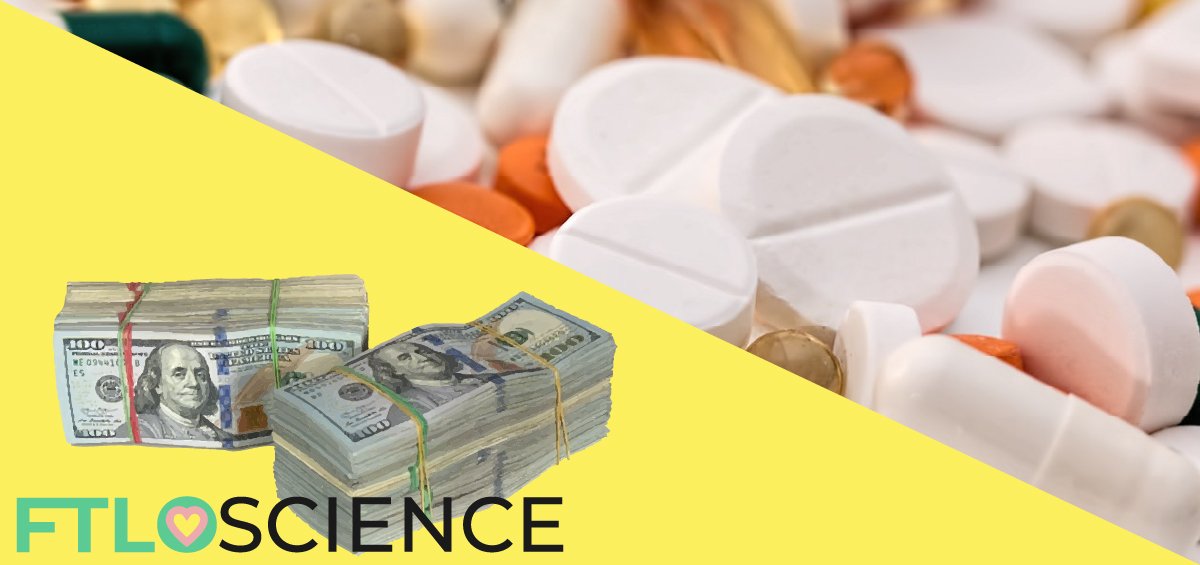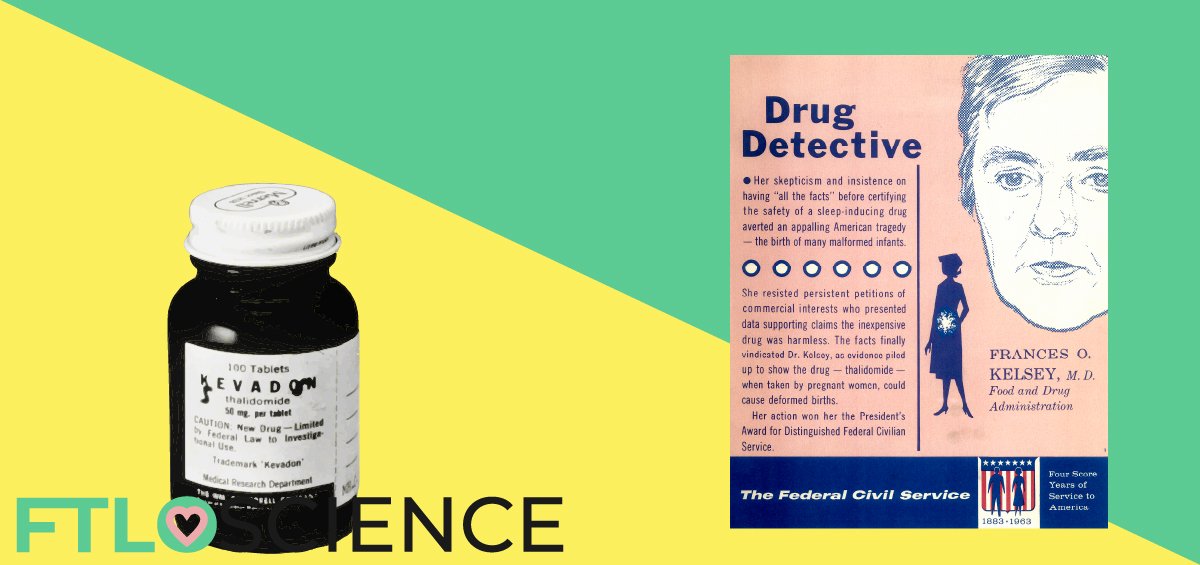In any industry where demand outstrips supply, there are bound to be impersonators and fakes. Not long after the Romans first started to discover and collect Greek statues, imitations quickly began to flood the market. Similarly, the pharmaceutical industry is a target for fraudsters hoping for a lucrative share of the sales. Unlike forged art, however, counterfeit medicines can lead to serious illness—even death—for consumers.
Understanding The Numbers
As we all know, drugs can be expensive. The enormous costs of the development of such drugs are reflected in the mind-boggling prices that pharmaceutical companies slap on them. In 2016 alone, the global sales of pharmaceutical products were estimated to be US$967 billion1. In many cases, patients are denied access to potentially life-saving drugs (such as insulin) due to cost barriers.
When a new drug is first approved on the market, regulatory agencies such as the Food and Drug Administration (FDA) in the U.S. will usually grant the company ‘market exclusivity’ for a period of years. What this means is that for a certain amount of time, the company is allowed to be the sole provider of that drug in the country.
Note that the patent file on the drug—including details on how to make it—is separate from market exclusivity. Once a patent expires, the technology becomes available to the public; that’s the price companies pay in exchange for intellectual property protection for a certain number of years.
There’s a whole industry for producing and selling drugs that are off-patent and off-market exclusivity (known as generics), and they’re also subjected to the same strict regulatory requirements as the originals.

Generic drugs are not allowed to be sold under the original ‘brand’ name of the drug, and since they are on the market later, they may take some time to gain market share due to existing patients’ trust in the branded version. They are usually much cheaper as the companies that produce generics do not have to account for research and development costs, which means that patients pay less for them too!
Exploiting The Drug Market
Many drugs that are still under market exclusivity protection have expired patents. What this means is that if you had a facility that was capable of making a drug and the technical knowledge of doing so, nothing is really stopping you from manufacturing it. You can’t sell it until the parent company’s market exclusivity protection has expired, however.
Banking on the needs of patients, unscrupulous manufacturers have come up with ways to exploit this system. Make the drugs in a clandestine manufacturing site, package and sell them under their original brand name and make big money. Some even go a step further and simply buy placebo tablets, package them as the original drug and sell it to unsuspecting patients. The World Health Organization (WHO) has estimated that 10% of all medicine worldwide is counterfeit, with the sale of such drugs from 2013 to 2017 amounting to US$30 billion2.
Typically, counterfeit drugs are not manufactured to a certain standard of quality or do not contain enough active ingredients. When a drug is not properly regulated, its safety and efficacy might be compromised. Patients who then take these counterfeit drugs might not recover from their illness, or even worse, fall even sicker because of it.
Fraudulent life-saving drugs such as cancer medication can prove to be fatal for the patient. One such documented case involves medical practitioners in the U.S. buying cancer treatments online to save a few bucks and then administering them to their patients to ‘treat’ their cancer. It turned out that the purchased cancer medication had no actual active ingredient, and the operator of the online pharmacy did not possess a valid license.
In 2008, some batches of the drug heparin (a blood thinner) on the U.S. market were found to contain a cheaper active ingredient resulting in a nationwide recall of all heparin. The counterfeit ingredient was suspected to have directly caused as many as 81 deaths, with even more affected due to the disruption in the supply of heparin3.
Tackling The Issue of Counterfeits
The costs of research and development as well as keeping the manufactured product safe under regulatory requirements is an expensive endeavor, both for the industry and the government. This economic burden is transferred downstream until it reaches the patient, who as users of the medication are expected to bear a portion of the costs.
High prices of drugs are indeed the primary reason that consumers might be tempted to go for cheaper alternatives. Online pharmacies offering prescription drugs make it easy and convenient for a patient to purchase them, saving a trip to their doctor as well. Other reasons include discretion, as some patients might not want to visit the doctor for a prescription for Viagra or similar medications.
Once counterfeit drugs have entered the supply chain of legitimate products in a country, they become incredibly difficult to isolate. Problems with supply have also been identified as a potential cause for counterfeits to flood the market; medicine shortages in a certain area often lead to their unregulated variants popping up to meet the patient demand.

Regulatory agencies and pharmaceutical companies work to identify these drugs and issue warnings to consumers if there is a sudden outbreak of reported counterfeits. As a longer-term measure, they educate the public on the dangers of purchasing unregulated medicines from suspicious sources that don’t have the license to sell.
While identification of fraudulent medicines isn’t easy, tracing the drugs back to the illicit suppliers and manufacturers is an even tougher ask. Oftentimes the counterfeits are manufactured overseas and traded anonymously over the web and then redistributed multiple times after it enters the country.
Just like with all highly-regulated products, governments and private companies must put the public’s interest first in order to solve the problem of counterfeit medicine. By improving the affordability of therapies through policymaking, we can reduce the demand for counterfeits and ‘alternative‘ treatments while ensuring the delivery of safe and effective drugs to patients who need them.
Reference
- Lindsley, C. W. (2017). New 2016 data and statistics for global pharmaceutical products and projections through 2017.
- World Health Organization. (2018). WHO global surveillance and monitoring system for substandard and falsified medical products.
- Blackstone, E. A., Fuhr Jr, J. P., & Pociask, S. (2014). The health and economic effects of counterfeit drugs. American health & drug benefits, 7(4), 216.
About the Author

Sean is a consultant for clients in the pharmaceutical industry and is an associate lecturer at La Trobe University, where unfortunate undergrads are subject to his ramblings on chemistry and pharmacology.




